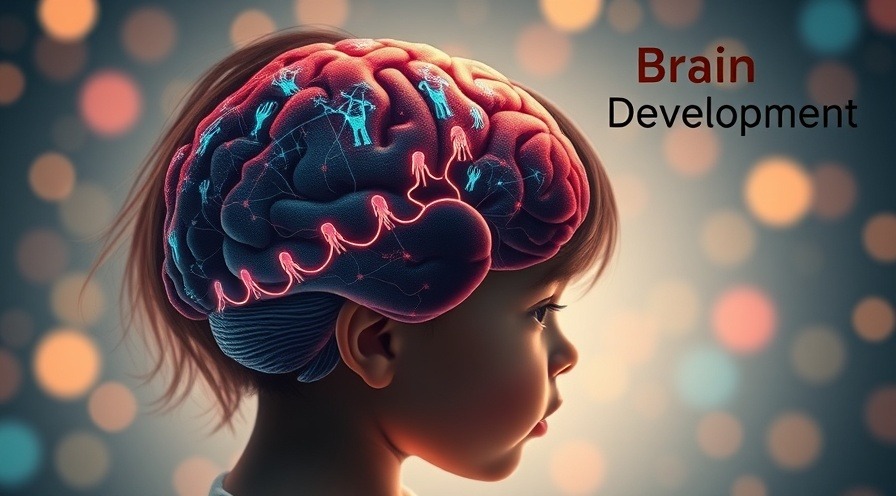
Understanding the Long-Term Effects of Childhood Adversity
Childhood adversity, a term that encapsulates a variety of challenging experiences such as neglect, abuse, or exposure to violence, profoundly impacts brain development and mental health. According to recent research from the University of California, Irvine, over 50% of children globally are affected by these adversities, leading to potential cognitive and emotional problems later in life. Understanding how early adversity shapes brain function is essential for improving early intervention and prevention strategies.
The Unpredictability Factor: A New Insight
The study highlights a significant yet relatively unexplored aspect of adversity: the unpredictability in a child's environment. Dr. Tallie Z. Baram emphasizes that this unpredictability may hold as much weight in determining adverse outcomes as traditionally recognized adversities. For instance, children exposed to inconsistent care or chaotic atmospheres may experience stress responses that jeopardize their neural development. This insight opens up new avenues for addressing mental health and developmental issues.
Decoding Stress and Its Impacts
One foundational question posed by researchers is, ‘What does the developing brain perceive as stressful?’ This inquiry is pivotal as it can lead to targeted interventions. The stress perception can vary significantly among individuals and depends on various factors including age and personal experiences. For caregivers and professionals, understanding how children uniquely process stress can guide approaches in academic and medical settings.
Identifying Critical Windows for Intervention
Research indicates that certain developmental stages are particularly sensitive to adversities. These critical periods, when children are more susceptible to environmental influences, can significantly shape brain architecture. As detailed in the existing literature, adverse experiences during these windows can lead to lasting detriments, highlighting the urgent need for early interventions during sensitive developmental phases.
Broader Implications for Society
Moreover, societal factors like inequality and environmental toxins must be considered when discussing childhood adversity. As highlighted in a piece from *Scientific American*, elements such as poverty and malnutrition are intricately linked to developmental impairments. Addressing these root causes can create environments where children can thrive, thus promoting their physical and mental well-being.
Practical Strategies for Mitigation
For parents and professionals, implementing quick stress relief techniques can minimize the impact of childhood adversity. Mindfulness exercises, quick breathing techniques, and even time-efficient meditation can offer immediate help not just for children, but also for busy professionals who deal with stress in high-pressure jobs. Simple practices such as these can foster resilience and improve emotional regulation among children facing challenging circumstances.
The Path Forward: A Call to Action
It is evident that understanding childhood adversity requires a multidisciplinary approach involving neuroscience, psychology, and community support. By informing strategies that address the roots of adversity and recognizing the signs of stress in children, we can create a framework that promotes healthier development. As researchers continue to uncover the complex interplay between adversity and brain function, it’s essential for communities, educators, and parents to take proactive steps in fostering nurturing environments for all children.
In conclusion, the importance of mental health and physical wellness cannot be overstated. Those impacted by early adversity deserve tailored support systems that empower them to overcome their challenges and unlock their potential.
 Add Row
Add Row  Add
Add 




Write A Comment